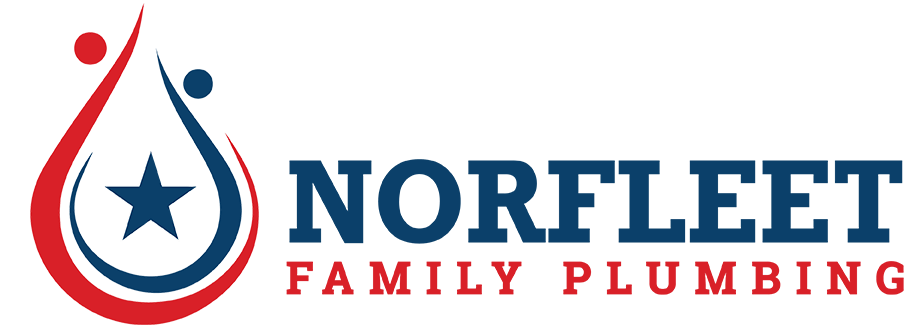How to Clean a Top Loading Washing Machine
We’ve all done it: that horrifying moment when you open your washing machine and the reek of mildewed clothes hits you full-force in the face.
Today we're going to teach you some useful ways to deal with the mildew smell in your clothes, but more importantly, we're going to teach you how to clean your top loading washing machine. As plumbers, we recognize the value these machines play in our customer's lives.
Removing the odor from the clothes
The clothes will have to be rewashed using two cups of vinegar along with your regular laundry soap. Some people nix the laundry soap and use a homemade variety. The homemade variety does a great job and leaves no odor whatsoever on the clothes, which is a big plus for people who are allergic to laundry soap perfumes.
If a regular wash cycle doesn’t help, as a last resort, you can purchase some Smelly Washer to treat the clothes (and, of course, the washer). It shouldn't hurt your plumbing.
The washer settings:
The Hottest water setting
The longest wash cycle
The largest load size
Cleaning the washer
While the machine is filling, add one quart of vinegar. Some people use bleach. (I don’t)
The addition of the vinegar and the hot water is going to make a very steamy, pungent mix so keep your face away from it. Once it’s full, add one cup of baking soda.
Let this mixture agitate for a couple of minutes, and then stop the washer and let it sit for 30-60 minutes to give the solution a chance to work. While it’s steeping, take out all the removable cups for soap and bleach, scrub them thoroughly, and then use a toothbrush to clean all the little niches around the lid, soap holder, and other dirty places. Are you surprised it’s so dirty? I was!
Use a damp rag to clean around the knobs, the face, top, walls, and sides, and the inside parts where the water doesn’t reach such as the rubber flap. Then throw that rag right there into the washer and allow the wash cycle to finish.
Afterward, use the (now clean) rag to wipe out any remaining residual dirt.
Repeat the process, if needed.
Going forward
It’s essential to keep the lid on your washing machine open to allow it to dry properly between laundry loads. Also, if you continue to keep your washing machine clean in this manner, our hard Phoenix water won’t have a chance to form calcium deposits in your washer.
Clean your machine about every 4-6 months, depending on how much you use it and how dirty it gets. For example, people who wash cloth baby diapers need to clean their machine more frequently.
DIY Laundry soap
DIY Laundry soap. This stuff is magic!
This is not my recipe, but I’ve been using this excellent soap for a long time. It works in any washing machine, cleans well, only requires a small amount, doesn’t leave a scent and is as cheap as any soap I’ve found. I don’t use the baking soda in the soap, although that ingredient is added specifically to reduce odors.
Finally, if you have a washing machine with plastic water lines, please consider having your plumber install metal flex lines. Cheap, plastic tubing can eventually corrode and cause a flood.
If you need a licensed, bonded, experienced professional for plumbing, sewer camera inspection, or water heater installation, and water heater repair in Chandler, Gilbert, Mesa, Queen Creek, Ahwatukee or San Tan Valley call Norfleet Family Plumbing Heating and Air at 480-681-1764.


